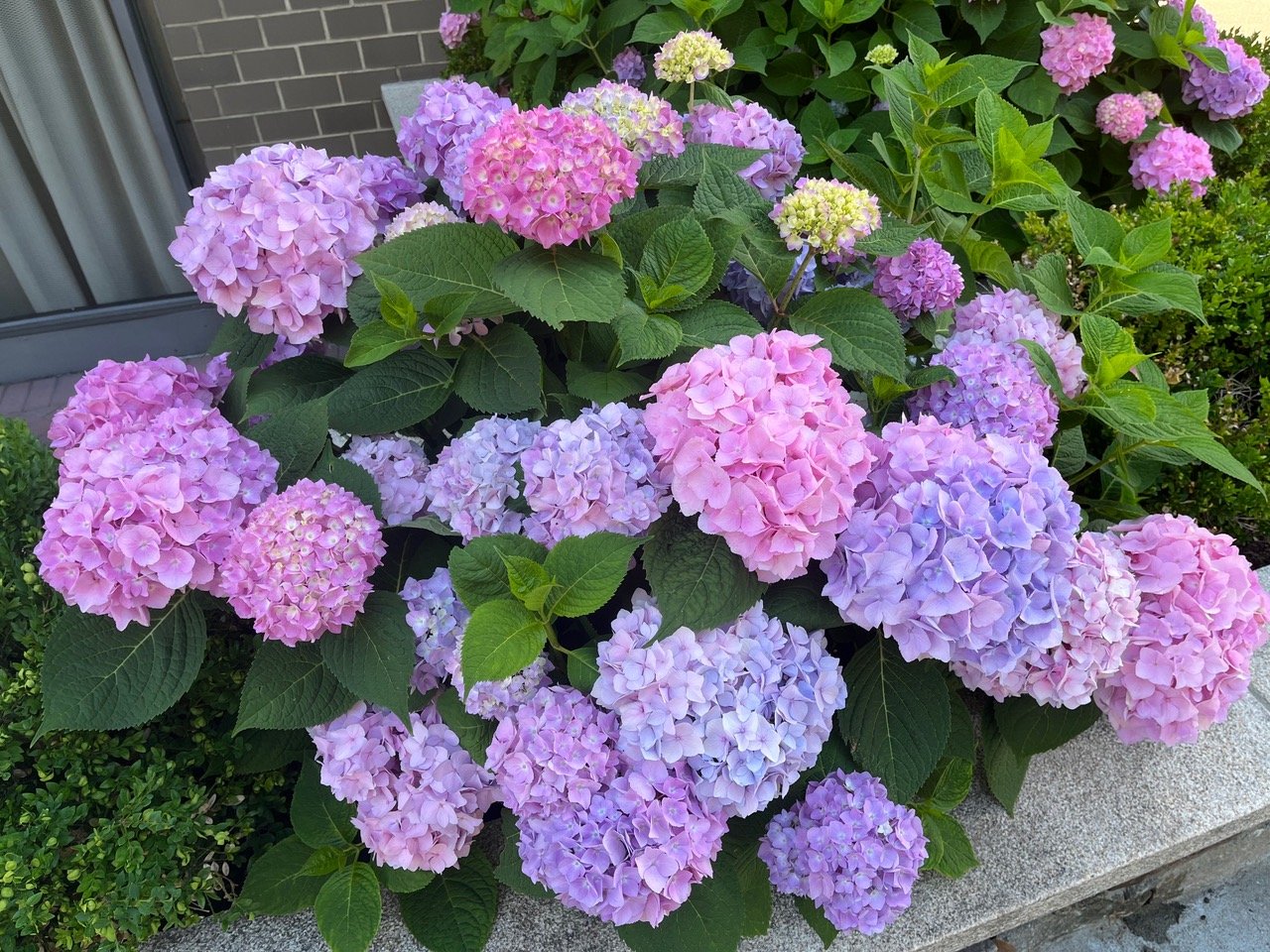Whither hydrangeas in the garden?
Whither hydrangeas in the garden?
It can’t have escaped your notice: Some hydrangeas are blooming, while others, despite big, glossy leaves, only managed to eke out a blossom or two when in past years they offered an ombré effect ranging from blue to pink to purple. What gives?
While hydrangeas are a hardy sort of plant, they are also a bit of a Goldilocks: They can’t have too much shade, sun or nitrogen in the soil, but they need all three.
Poor pruning is another culprit. According to Wenke Greenhouses, “It is always best to wait and prune your hydrangeas in the spring. Once the plant starts growing, you will see stems that do not have any leaves and are brittle when bent. These stems should be pruned near the base of the plant since they are dead and will not produce any blooms.”
Then, too, a cold winter or a late frost in spring can be troublesome to hydrangeas. Burlap filled with mulch and leaves can help protect your hydrangea stalks once the leaves have fallen off in late autumn/early winter.
Still no blooms? Double-check your hardiness zone, the balance of shade to light, with light-dappled plants requiring more water, and whether you have too much nitrogen in your fertilizer and not enough phosphorus.
Finally, remember that the forced potted hydrangeas you buy for Easter are unlikely to bloom again once they’re replanted in the ground. And just because the hydrangeas in your garden haven’t blossomed, it doesn’t mean they’re unhealthy. Enjoy their green leaves and few blossoms as you play Sherlock Holmes to determine how to make those blooms more abundant.
This season, some hydrangea bushes are fat and sassy with blooms; others, not so much. By the way, the acid content of the soil determines the color. More acidic soil yields blue hydrangeas; more alkaline, pink.



